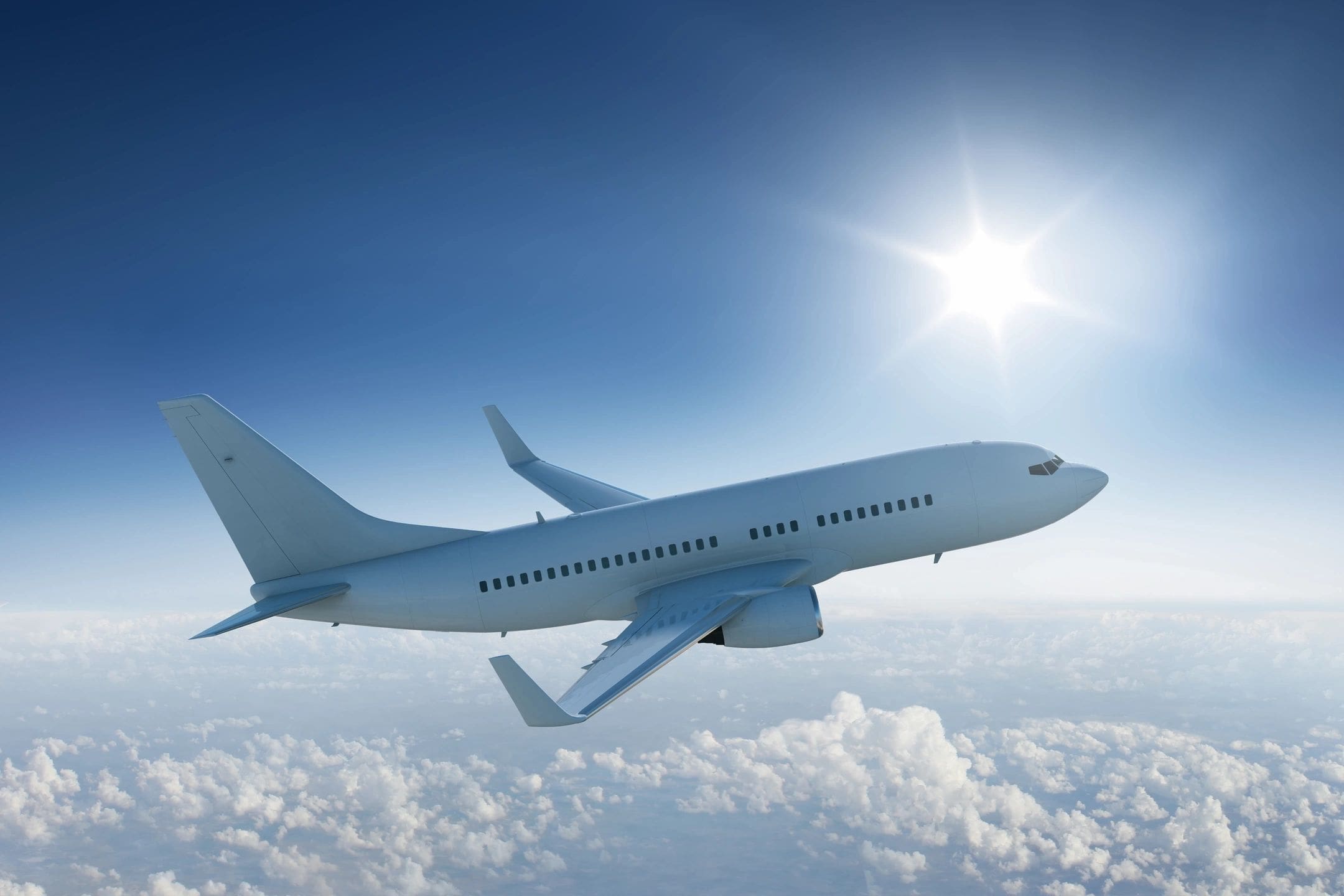Your Complete Guide to Booking Travel with Python Travel
Here is a concise guide of key points travelers should keep in mind when booking international flights, flights within the U.S., train travel around the globe, and car rentals in the U.S. Adjust these suggestions to match your own travel preferences, budget, and itinerary.

International Flights
- Compare Multiple Platforms
- Check airline websites, online travel agencies (OTAs), and flight aggregator sites (e.g., Skyscanner, Google Flights). Prices can differ significantly depending on promotional deals or route availability.
- Look for Flexible Tickets
- If there’s any uncertainty in your travel dates, opt for refundable or flexible tickets. Airlines often charge fees for changes, so read their policies closely.
- Check Layover Durations
- When flying long-haul, ensure you have enough time to switch planes—especially if you need to pass through immigration or navigate large airports.
- Travel Documents & Visa Requirements
- Verify that your passport is valid for the required duration (often six months beyond your travel dates). Some destinations also require a visa or transit visa, so check embassy websites well ahead of time.
- Frequent Flyer Programs
- If you regularly travel with a particular airline alliance (e.g., Star Alliance, oneworld), accumulate miles for upgrades, lounge access, or future ticket discounts.
- Consider Off-Peak Seasons
- Shoulder seasons (just before or after peak travel times) can yield lower fares and fewer crowds.
Domestic U.S. Flights
- Compare Budget vs. Full-Service Carriers
- Low-cost airlines (e.g., Southwest, Spirit) can offer cheap fares, but check for additional fees (baggage, seat selection). Full-service carriers may include more amenities in the ticket price.
- Check Airport Options
- Major cities like New York, Chicago, or Los Angeles have multiple airports. Sometimes flying into a secondary airport is cheaper, but weigh the cost and time of transportation into the city.
- Baggage Policies
- Airlines in the U.S. have varying baggage allowances. Some charge for carry-on bags, while others include them in the base fare. Verify rules to avoid last-minute charges.
- TSA PreCheck & CLEAR
- If you fly frequently, enrolling in TSA PreCheck or CLEAR can expedite security checks. Check airline/airport eligibility before investing.
- Sales & Holiday Weekends
- Keep an eye on major U.S. holidays (e.g., Memorial Day, Thanksgiving) for fare sales. However, traveling during these holidays can also mean extra crowds.


Train Travel Around the World
- Europe
- Eurail/Interrail Passes: Ideal for multi-country trips. Check seat reservation requirements for high-speed trains like TGV (France) or AVE (Spain).
- Book in Advance: Many European train operators (e.g., Eurostar, Thalys) offer discounted rates for early bookings.
- Asia
- Japan Rail Pass: A cost-effective option for traveling on most JR lines, including Shinkansen bullet trains, if you plan to explore multiple regions.
- China High-Speed Rail: You can often book tickets online or through authorized agencies. Use English-friendly platforms to confirm seat types (2nd class, 1st class, business).
- North America
- Amtrak (USA): Check for regional passes if you plan to visit multiple states. Sleeper cars can be expensive but include meals and added comfort.
- VIA Rail (Canada): Offers scenic routes, especially through the Rockies, but plan well in advance for popular journeys.
- Night Trains vs. Day Trains
- Overnight trains save on accommodation and maximize daytime sightseeing, but comfort varies. Always review cabin types (sleeper, couchette, seated).
- Rail Pass vs. Point-to-Point Tickets
- For extensive travel, a rail pass might be cheaper. However, short-distance travelers with a limited itinerary may save by buying individual tickets.
Rental Cars in the U.S.
- Compare Rental Agencies
- Check major rental services (Hertz, Enterprise, Avis) as well as price-comparison sites. Some credit cards or memberships (e.g., AAA) offer discounts or free upgrades.
- Insurance Coverage
- Know if your personal auto insurance or credit card benefits cover rental vehicles. Declining rental insurance can be risky if you’re not fully covered.
- Driver’s License Requirements
- International travelers typically need a valid driver’s license from their home country. Some rental agencies may ask for an International Driving Permit (IDP) as well.
- One-Way Fees
- If you plan to drop off the car at a different location, confirm one-way fees in advance; these can significantly increase costs.
- Fuel Policy
- Many agencies provide a full tank; you must return it full to avoid extra charges. Alternatively, prepay for fuel if that’s more convenient.
- Road Conditions & Tolls
- Familiarize yourself with major toll roads. Some states (e.g., Florida) have cashless tolls, so make sure your rental car is equipped with a transponder if needed.
Whether you’re flying internationally, booking domestic flights within the U.S., planning epic train journeys, or renting a car stateside, a bit of research and planning can save you time, money, and stress. Always cross-check deals, read terms carefully, and keep an eye on details like cancellation policies or insurance coverage. By staying proactive and informed, you’ll be better equipped for a smooth, enjoyable travel experience. Safe travels!






